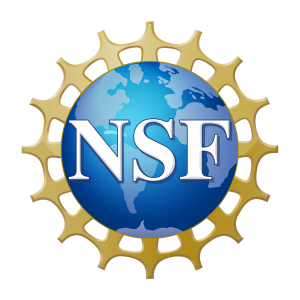ASSESSING DENITRIFICATION AND OTHER STRATEGIES FOR PLANKTIC FORAMINIFERAL SURVIVAL UNDER DYSOXIC CONDITIONS
As the oxygen levels in the world’s oceans are decreasing, coastal zones that support few large animals (‘dead zones’) and open-ocean oxygen minimum zones (OMZs) are increasing. The expansion of deoxygenation has significant ecological consequences, impacting global climate through biologically-mediated carbon and nitrogen cycling changes. Understanding the survival strategies and biogeochemical contributions of organisms that tolerate very low-oxygen is, thus, critical. This project investigates the strategies that free-floating foraminifera, an important group of eukaryotic single-celled organisms, use to survive within the OMZ. A particular focus is whether these foraminifera can respire nitrogen, like certain foraminifera species living on/in the ocean floor, contributing significantly to global nitrogen cycling. Methods being employed include population surveys (species counts), molecular approaches (transcriptomics), geochemical analyses to ascertain N cycling, and cellular ultrastructure analyses to survey for putative symbionts or other cellular adaptations as noted previously in benthic foraminifera from low-oxygen habitats. This project supports two early-career female scientists and at-sea and laboratory training for (under)graduate students from four universities. Our main outreach activity is discussed below.
Funding Agencies
The National Science Foundation under grant number OCE-2149593 (and 2149592 to CVD at NCSU)

Partners/Collaborators
This is a Collaborative Research project with Catherine (Kate) V. Davis, North Carolina State University as Lead PI and WHOI with JM Bernhard as PI with Scott D. Wankel and Fatma Gomaa as Co-PIs. Our Artist / Printmaker colleague is Terry Conrad of the University of Iowa.
Related Links and File
Research Papers (coming soon)
Science-through-Art Collaboration
Our main outreach activity is with University of Iowa Associate Professor Terry Conrad, an artist and printmaker. Terry joined our 2023 cruise to learn about planktic foraminifera associated with OMZs, adding to his knowledge gained collaborating with Bernhard on an earlier NSF-funded project on benthic foraminifera from sulfidic sediments. For this project, Terry has branched out into construction of musical instruments in addition to printmaking. Through his extensive exhibitions, he is reaching audiences, often in the Mid-West, that do not typically think of the ocean nor its importance.